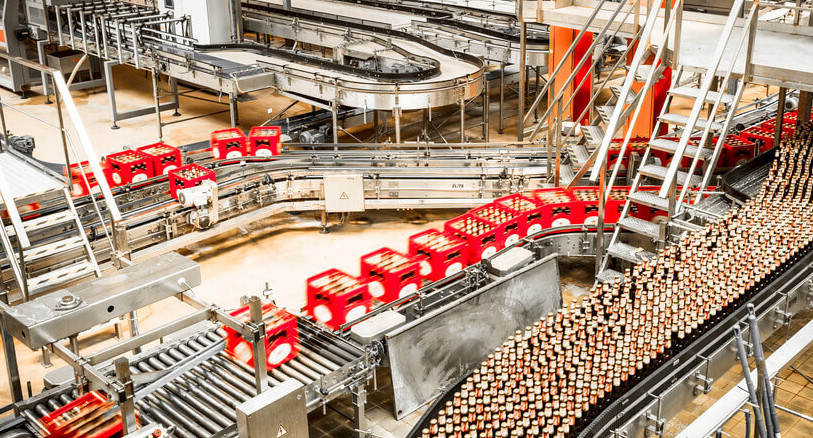Recently, the US Environmental Protection Agency (EPA), leading authority of the national Toxic Release Inventory (TRI), published the findings of the analytical work conducted with the objective to characterize the food and auto sectors to promote further pollution prevention practices. The essence of EPA research was published in two book chapters, forming part of the book “Green Energy to Sustainability: Strategies for Global Industries” (John Wiley & Sons Publishers). Read more here and consult the chapters in the Resource section.
The Environmental Impact of Pollution Prevention and Other Sustainable Development Strategies Implemented by the Automotive Manufacturing Industry
The U.S. automotive manufacturing industry is a key sector of the American economy with many pollution prevention practices already implemented and with many opportunities for continued progress. A variety of chemicals are used throughout the automobile manufacturing process, and many must be managed as waste after their useful life. Additionally, pollutants are emitted during automobile operation. To identify trends in pollution prevention (P2) and other sustainable practices, the U.S. EPA Toxics Release Inventory (TRI) Program analyzed the TRI data disclosed by facilities in the automotive sector to characterize: 1) the major sources of chemical releases; 2) how these sources and release quantities have changed over time; and 3) the types of practices employed to reduce pollution. Analysis of sustainability strategies shows that many P2 practices resulted in improved environmental performance such as those practices related to improving energy efficiency and material use, and with many opportunities for continued progress. The analysis focused on data from 2005 to 2015. To read a summary of the findings, visit this TRI Web page, and to read the full analysis, see chapter 6 of the book, Green Energy to Sustainability: Strategies for Global Industries.

The Environmental Impact of Pollution Prevention, Sustainable Energy Generation, and Other Sustainable Development Strategies Implemented by the Food Manufacturing Sector
The food manufacturing industry in the United States includes facilities that produce foods or food ingredients. The industry covers a range of industrial processes, varying from preparation (e.g. slaughtering, milling) to processing (e.g. cooking, freezing, fermenting) to packaging. In order to create and process food products, various industrial chemicals and chemical processes are required. Moreover, chemicals may be formed during the food manufacturing processes, or through support activities. To identify trends in pollution prevention (P2) and other sustainable practices, the U.S. EPA TRI Program analyzed the TRI data disclosed by facilities in the food sector to characterize: 1) the major subsectors contributing chemical waste managed and release quantities; 2) how these quantities have changed over time; and 3) the types of P2 practices implemented. Review of sustainability strategies shows gains through the implementation of practices such as wastewater treatment technologies, and improved energy efficiency and material use with many opportunities for continued progress. The analysis focused on data from 2007 to 2017. To read a summary of the findings, visit this TRI Web page, and to read the full analysis, see chapter 22 of the book, Green Energy to Sustainability: Strategies for Global Industries.
"Green Energy to Sustainability: Strategies for Global Industries", chapters 6 and 22 are also available in the Resource section above.